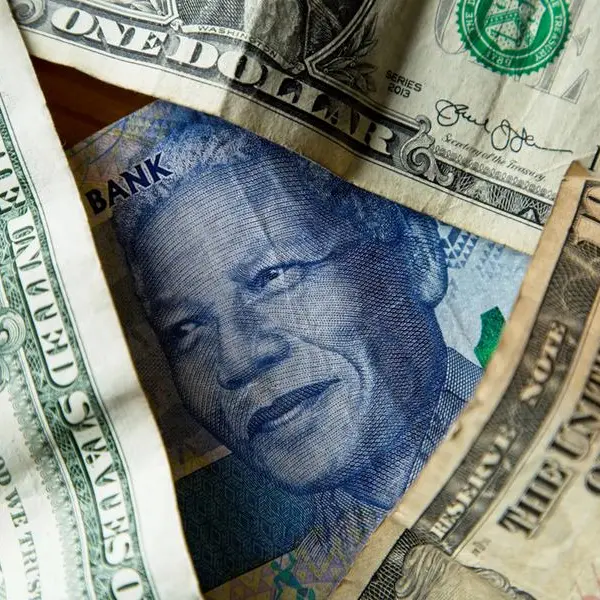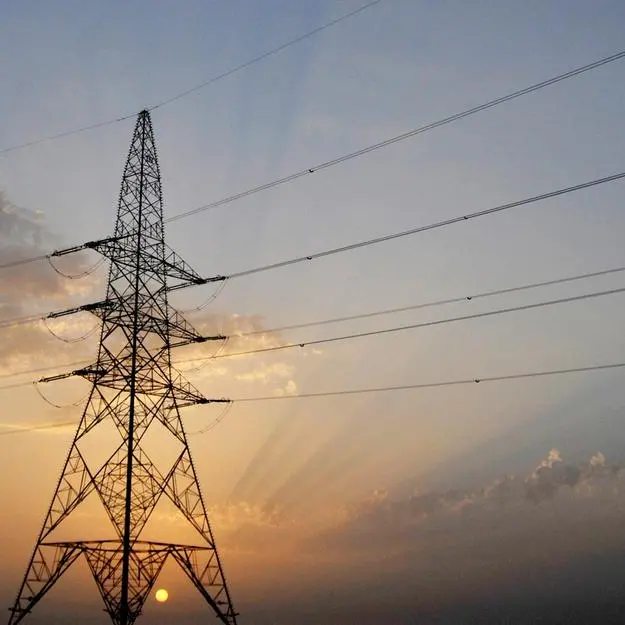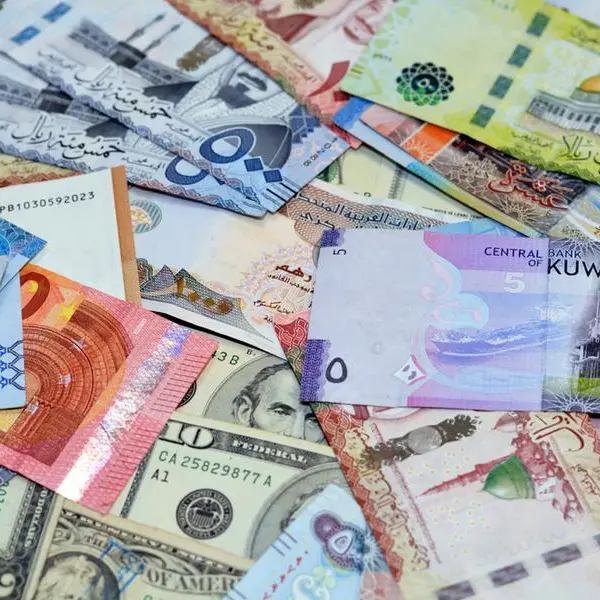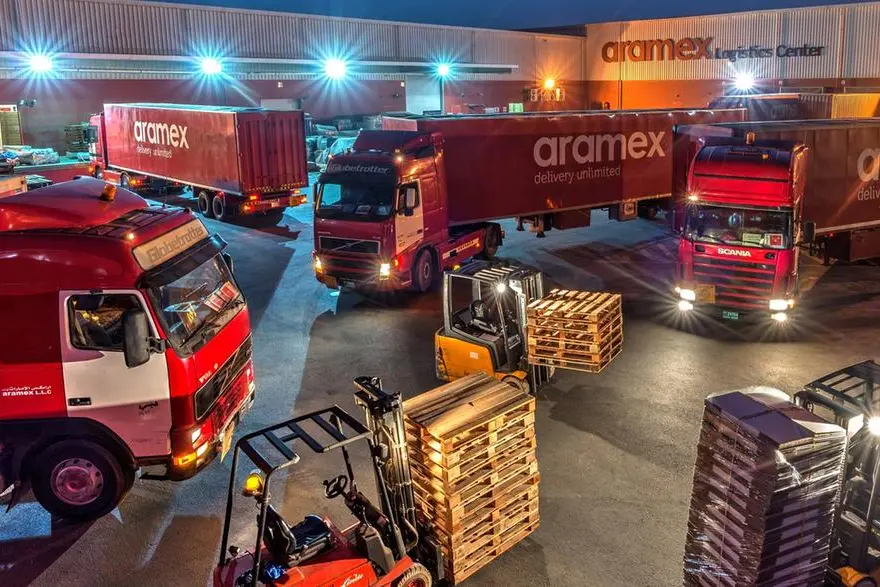PHOTO
Dragline operations at Thungela's thermal coal mining operation, Isibonelo Colliery (formerly Anglo American), in Mpumalanga Province, South Africa March 27, 2019. Philip Mostert/Anglo American NO RESALES. NO ARCHIVES/Handout via REUTERS Image used for illustrative purpose Image used for illustrative purpose.
(The opinions expressed here are those of the author, a columnist for Reuters.)
LITTLETON, Colorado - The United States shipped a record 6.1 million metric tons of thermal coal - used mainly for power generation and in industrial boilers - to Africa during the first eight months of 2024, ship-tracking data from Kpler shows.
That total was 83% more than during the same months in 2023, and ensured the U.S was Africa's top thermal coal supplier so far in 2024, accounting for a record 64% share of total African thermal coal imports.
In conjunction with 11.1 million tons of exports to Asia - the top U.S. market for coal - the shipments to Africa helped lift total U.S. coal exports to the third highest on record over the first eight months of the year.
That sustained high level of coal exports undermines U.S. and global efforts to reduce the use of coal in power generation, due to the sharply higher level of emissions from coal compared to other fossil fuels when burned for power.
Continued high U.S. coal exports raises the risk of backlash from international climate advocates, who are looking to the United States to play a leading role in efforts to stem the sale and use of coal.
TOP MARKETS
This year marks the second straight year that U.S. exports have topped 22 million tons by September, and means the country's annual coal exports are on track to register the second or third highest year ever for coal shipments.
The country's record coal export tally of 39.1 million tons came in 2018, Kpler data shows, and does not look likely to be bettered in 2024.
The top overall market for U.S. thermal coal this year was India, which took in 7.3 million tons from January through August. India is the world's second largest coal user for power generation behind China.
Morocco and Egypt were the next largest markets for U.S. coal this year, accounting for 3 million and 2.9 million tons of coal respectively through August.
China (1.8 million tons), The Netherlands (1.4 million tons) and Japan (875,000 tons) were the next largest destinations for U.S. coal so far this year.
AFRICAN GROWTH
Total thermal coal imports by African nations were 9.48 million tons from January through August, according to Kpler.
That total was 0.5% down from the same months in 2023, but was the third highest for the continent on record and highlights Africa as a key market for coal exporters.
Over the past two years, Africa's imports have grown by 12%, and Africa is the only major region along with Asia to show an increase in thermal coal imports since 2022.
Imports over that timeframe into Europe, North America and Oceania have all fallen by at least 20%.
Morocco, Africa's top coal importer, uses coal mainly for power generation, and produces around 64% of the country's electricity from coal, according to Ember.
Egypt does not have any coal-fired power plants, but uses thermal coal in cement production and other industrial processes requiring cheap heat.
South Africa is by far Africa's largest coal consumer, but is a relatively small importer due to high local coal production.
Zimbabwe, Botswana and Zambia are other notable African coal consumers for industry and power, but are all landlocked and primarily served by truck from South Africa or by local production.
CAPTIVE MARKETS?
That means that North Africa's Morocco and Egypt are the most viable options for seaborne coal exporters looking to grow market share in Africa.
And those countries are especially attractive to U.S. suppliers who can reach coal ports in the region via a relatively easy journey across the Atlantic.
The sailing time for a bulk vessel carrying coal from Baltimore - the main coal export port from the United States - to Casablanca's bulk terminal in Morocco is just under 11 days, according to LSEG.
That trip is nearly a week shorter than from South Africa, and so means that Moroccan buyers are more quickly served by sellers in North America than by miners based on the same continent.
U.S. exporters can also deliver coal faster to Morocco than sellers in Colombia and Russia, and so look set to remain a key supplier to Morocco. Morocco imports roughly 750,000 tons of thermal coal a month, according to Kpler.
The trip time to Egypt is an additional six days of sailing from Baltimore, and so represents a lengthier commitment by U.S. exporters.
Egypt's average import tonnage is also substantially less than Morocco's, at around 400,000 tons a month so far in 2024, Kpler data shows.
However, that import average is 100,000 tons a month larger than in 2023, and so indicates that Egypt's overall appetite for coal has grown by over 30% so far this year.
In contrast, Morocco's monthly appetite for thermal coal is around 8% smaller than the 2023 average, and so suggests that Morocco's total coal needs may have already peaked.
For coal exporters looking to maximize sales volumes, Egypt represents a rare bright spot and potential entry point to other fast-growing economies in North Africa which need cheap fuels for power and industry.
Those growth trends may be at odds with stated U.S. ambitions to cut back on global coal consumption.
But as long as international demand for coal exists, U.S. exporters will be in a strong position to meet it, especially in close proximity markets.
(Reporting by Gavin Maguire; Editing by Lincoln Feast.)























